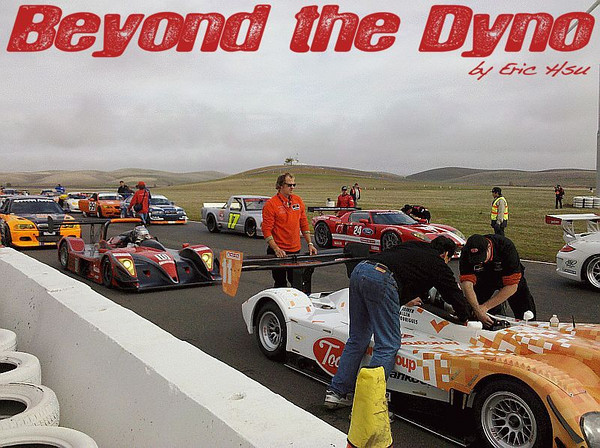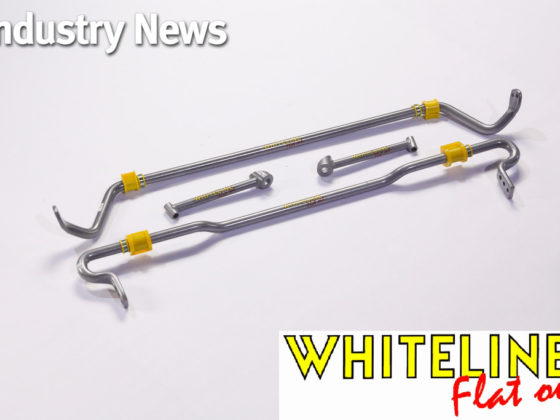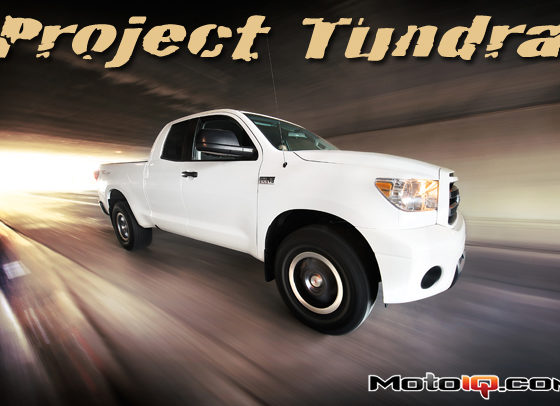,

Cosworth H-beam connecting rods were used in the engine. The rods are made from EN40B alloy and feature manufacturing tolerances of +/-.0001″. Let me know in 10 years when the junk Chinese connecting rods companies can get down to those manufacturing tolerances. And even when they do, the grain structure and porosity of their forgings will still be a joke.

The engine control is handled by the Cosworth Pectel SQ6 and the chassis datalogger is handled by the Cosworth Pi Research Sigma Elite logger. All looms, harnesses, and connectors are weather and vibration proof.
Once the engine was given to BMC Tool, the engine was installed very quickly, but a faulty sensor or connector caused the engine to run on 2 cylinders. After replacing everything, the BMC Tool guys were about to throw in the towel when we agreed to rerun the engine on the engine dyno. Sure enough it ran on 4 cylinders and produced the identical horsepower it did before. During the re-installation of the engine, MJ decided to change both a sensor and the connector (I forget which sensor) which then made the engine run on 4 cylnders. Whatever it was, they were glad to get the engine running correctly because this meant they were going racing! Unfortunately this was a 7 day process of diagnosing, testing, switching parts, me coming down on weekends to plug in and help diagnose, etc. This paragraph doesn’t do the amount of work justice.
This left the BMC Tool Team NO time to shake down, test, or develop the car whatsoever. It was November 29 and the race was on December 4. The commute to Thunderhill would take an entire day of driving (9 hours) which would allow the team, car, and drivers to squeeze in approximately 1.5 days of shake down and testing at Thunderhill.
Stay tuned for part 3 of the story coming soon.



